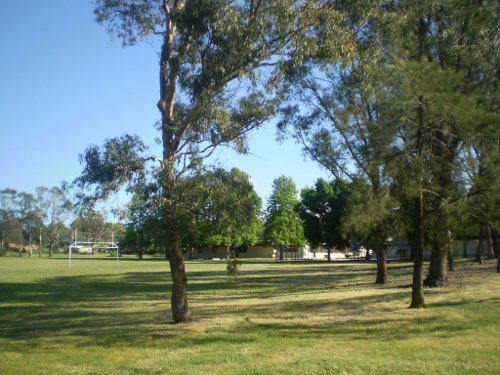Consultants running the consultation process for the future use of proposed school sites sought suggestions this week for improving the upcoming process—the sequel to the ACT Government’s school closures. This new consultation presents a clear opportunity for the ACT Government to recover some lost trust and credibility if it can learn from the mistakes of the painful Towards 2020 school closures. However, to do so, the ACT will need to change the prescriptive brief handed to consultants, Purdon Associaties, to give local communities more say in their destinies.
The ACT Government’s approach to the problem of spare capacity in some of our schools was both divisive and destructive. It resulted in the closure of more than 20 schools and many disenfranchised communities. It didn’t have to be that way.
The approach used last year tried to address a relatively minor fiscal problem at the systemic or strategic level. However, the solutions had their most destructive and traumatic manifestations at the local level.
How different the outcome could have been—socially, educationally, politically, administratively and financially—had the ACT Government adopted a bottom-up or grass roots approach. It could have shared the systemic fiscal problem with the electorate and, in partnership with the local communities, arrived at innovative and constructive solutions.
The ACT Government is now embarking on the second phase of its plan—the disposal of those closed schools. Members of those local communities that lost their schools can be forgiven for treating with some cynicism the ACT Government’s protestations that the school closures were not simply a ‘land grab’. That cynicism can only have been reinforced by the brief issued by TaMS to Purdon Associates to carry out ‘consultations’ on this second phase.
The process proposed repeats last year’s mistakes. Not only does it fail to acknowledge the continuing relevance of local community interests, the consultants’ brief is pitched at arms length from those local community interests. This is no accident. It appears deliberate and, again, it doesn’t have to be so.
The proposed process cannot be legitimised by setting strategic direction or controlling access at district or regional level and by watering down local input through the involvement of ACT-wide groups such as councils, peak industry groups and developers. It is important that the consultants be given the opportunity to engage in partnerships with local communities to produce local solutions to what are again essentially local community problems.
Community Use sites are identified in the planning process for community uses at various levels in the urban hierarchy. At the local level these include primary schools and pre-schools. Most objective observers would agree that the use of Community Use sites within local catchments are best determined by the local community—not by politicians buffered by a ‘regional’ electoral base or by bureaucrats within central departments with narrowly defined functions and with accountability to an even more insulated Minister.
Why not turn this whole process around? Let’s make it pro-active, constructive, imaginative, engaging and enduring.
Why not harness the community energy that was generated in such a negative fashion last year and put it to productive use? Why not encourage local community groups, so disaffected by last year’s events, to (for example) establish a local community company to manage the future of those assets (and those derelict neighbourhood ovals) in the interest of the local community?
It is not too difficult to imagine a new form of Neighbourhood Community Centre which involves a range of community uses including health, child care, recreation. meeting rooms and even, dare one say, some form of education use such as Mr. Barr’s early childhood model as espoused over the past week.
These largely non-income producing facilities and services could be subsidized by more commercial land uses including professional offices, small businesses and even restaurants. No doubt room could be found for some housing or aged care accommodation but this would be on terms defined by the local community. This is but one model. There must be a plethora of others.
If the ACT Government chooses to ‘think outside the square’, we need not repeat last year’s mistakes. However, as presently conceived, the brief precludes the consultants from exploring such opportunities.
If Mr. Stanhope and his colleagues have been honest about their motives, then they can be satisfied with the savings that the school closures produced. If they can approach the problem of the future use of these community assets in partnership with those most affected, rather than deliberately restricting their participation, then we have some prospect of securing outcomes with a sense of community ownership and thus a genuine legitimacy.
TaMS’ current brief needs to be modified to allow Purdon Associates to use their expertise in social and land use planning to tackle the problem constructively and imaginatively and produce positive and enduring outcomes. Who knows, such a process might even form the basis of a new a community development paradigm—and that would put a feather in the caps of Messrs. Stanhope, Barr and Hargreaves.
David Wright
Former Director, National Capital Plan



